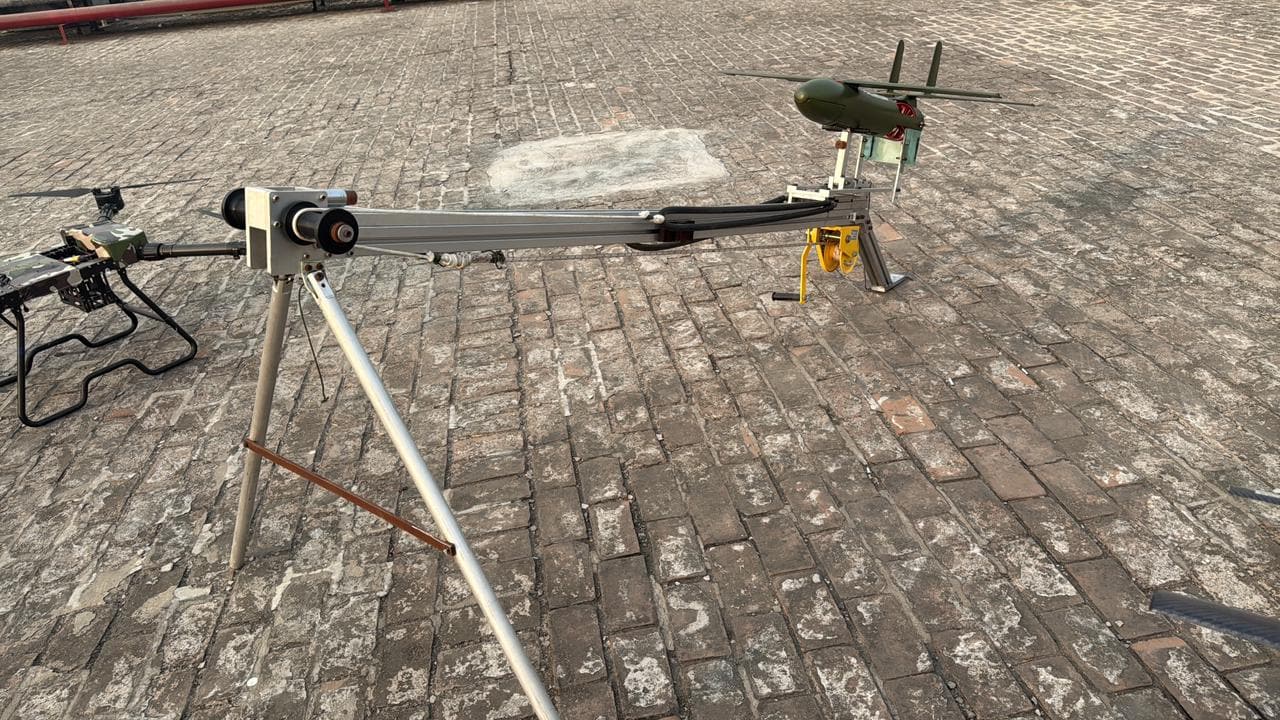
- The terror module planned Hamas-style rockets and weaponised drones for multiple Delhi attacks
- Jasir Bilal Wani provided technical support in drone modification and rocket making ahead of Red Fort blast
- Payload-dropping drones can release bombs from above, causing major damage to buildings and vehicles
The white collar terror module behind the Red Fort suicide car bomb attack on November 10, was preparing Hamas-style improvised rockets and weaponised drones. These systems were being explored to carry out multiple attacks in Delhi.
How Terrorists Planned Attack Using Drones
Jasir Bilal Wani alias Danish, who is also a resident of Jammu and Kashmir as the first suspect Amir Rashid Ali arrested from Delhi yesterday, was caught in Srinagar by an NIA team.
Danish allegedly provided technical support for carrying out terror attacks by modifying drones and attempting to make rockets ahead of the deadly car bomb blast, the NIA said in a statement.
He tried to make powerful drones fitted with large batteries that can carry heavier bombs along with cameras, sources told NDTV. He has experience in making small weaponised drones, they said.
NDTV spoke to the CEO and Founder of Indowings, a drone and anti-drone manufacturing company, Paras Jain who threw light on how these Hamas-styled drones and improvised rockets are used.
Hamas-Style Gliding Rockets
Investigators have confirmed that the module studied gliding rockets similar to those used by Hamas. These rockets are light, easy to move and can travel up to 25 kilometres. Jain said that they can be released from the ground or even by hand, making them a low-cost alternative to guided missiles.

One rocket can be launched in 20 seconds and three can be fired within a minute. Hamas uses such rockets in bulk because they cover a wide impact area and create fast disruption.
Precision Improvised Rocket
A second type of rocket is a precision improvised rocket fired using a pneumatic launcher.
Compressed gas pushes the rocket out with force, giving it a stable start and allowing a controlled strike.
These rockets can carry an explosive payload ranging from 2 to 50 kilograms and are used for calculated medium-range urban attacks.
Rail Launcher And Improvised UAV (Unmanned Aerial Vehicle)
The rail launcher system acts as a fixed platform to release improvised UAVs or gliding projectiles.
These UAVs depend on airflow to travel long distances and can carry heavy explosives at high speed.
Such systems are cheap, easy to assemble and allow attackers to avoid direct combat.
Payload-Dropping Drone
A small mechanism fitted under the drone allows grenades or small bombs to be released from the air.
These drones can attack from the top angle, where buildings and vehicles are weakest. Even a small payload can cause major damage.
Not a One Man Job
These weapons cannot be built by one person.
They require a team, coordinated planning, logistics, funds, communication channels and technical knowledge. Some materials may be easily available but assembling them into a working weapon needs expertise.
Potential Impact in Delhi
If these rockets and UAVs were used in the National Capital they could have caused large-scale destruction, heavy casualties and panic. The intention was to carry out multiple attacks quickly in the style of Hamas operations.
Why Hamas and Terror Groups Use Them
These systems are preferred because they are cheap, easy to make and can be deployed in large numbers.
They allow attackers to strike from a distance, avoid face to face fighting and cause high destruction at very low cost. They can also be built using locally available parts making them attractive for terror modules.
Track Latest News Live on NDTV.com and get news updates from India and around the world

